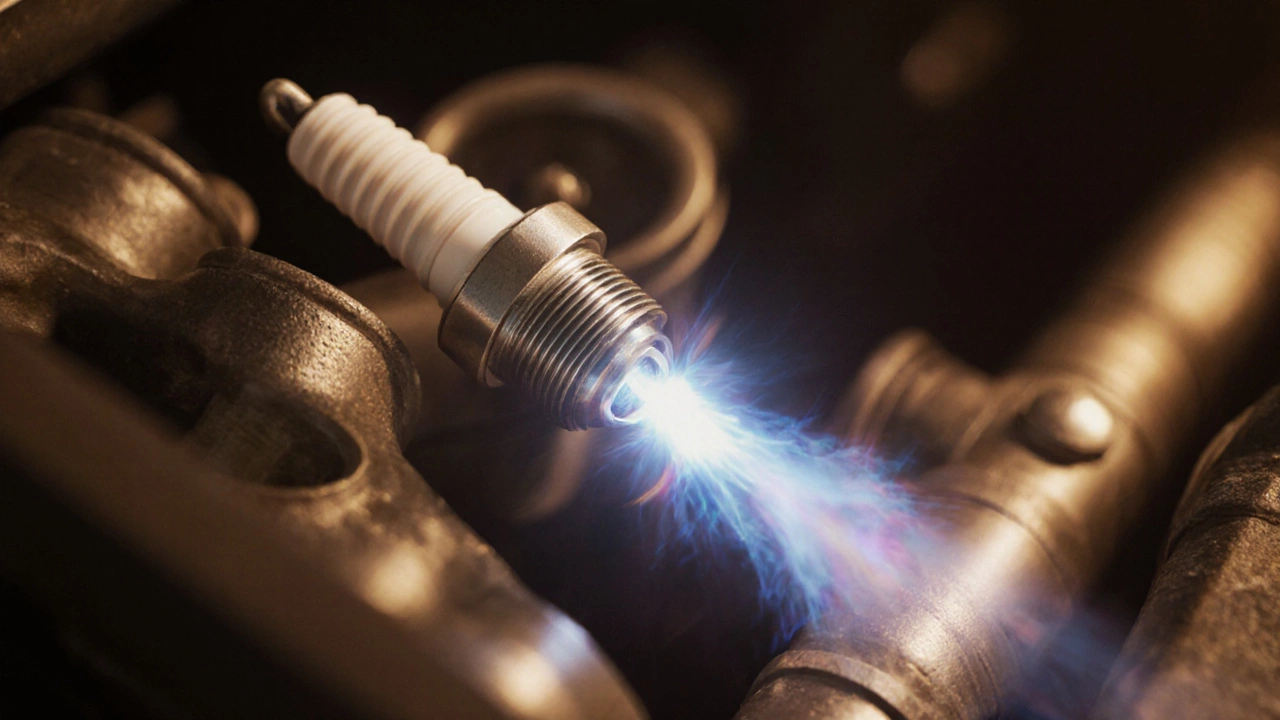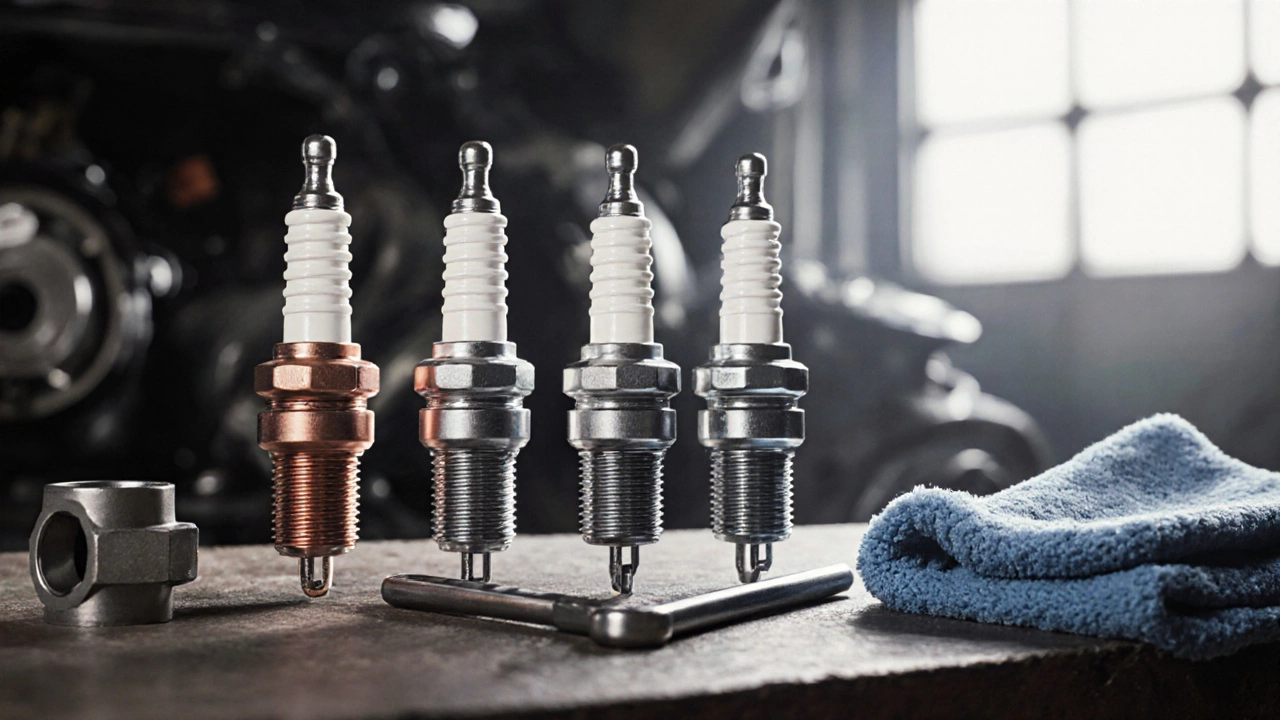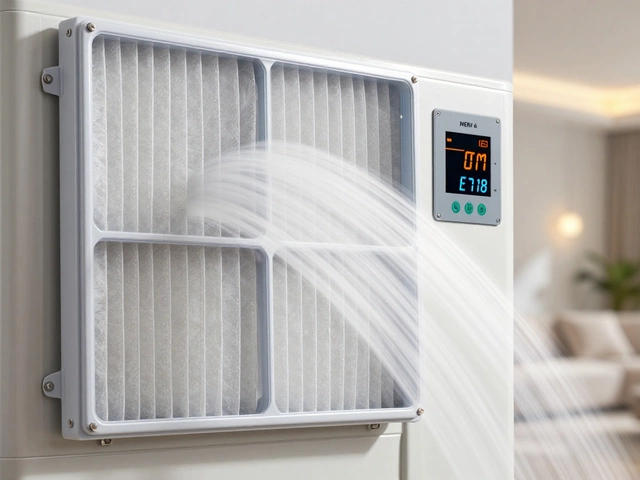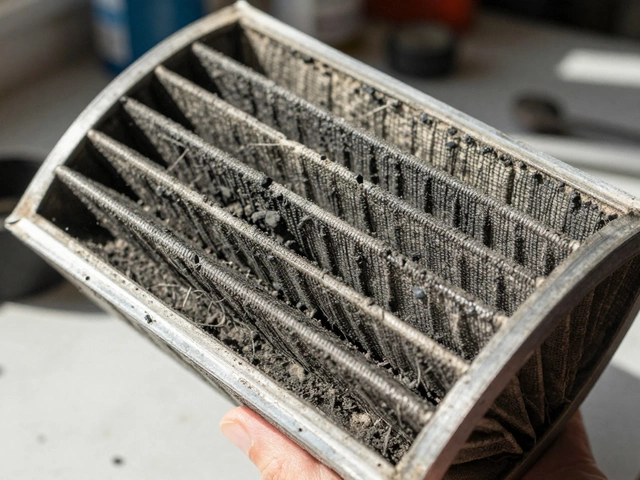
Spark Plug Lifespan Calculator
Estimated Replacement Mileage
Estimated Time Until Replacement
Recommendation
How to Use This Calculator
Enter your current mileage and annual mileage. Select your spark plug type from the dropdown to see when you should plan for replacement.
- Copper plugs typically last 10,000-20,000 miles
- Platinum plugs typically last 30,000-60,000 miles
- Iridium plugs typically last 60,000-100,000 miles
- Double Platinum plugs typically last 50,000-80,000 miles
When you hear a misfire or notice reduced fuel economy, the first thing many car owners wonder is spark plug lifespan. Knowing how long a spark plug should last helps you avoid unexpected breakdowns and keep the engine running smoothly.
What a Spark Plug Is and Why It Matters
Spark Plug is a small but critical component that creates the electrical spark needed to ignite the air‑fuel mixture inside an engine cylinder. It sits at the end of the Ignition system and works hand‑in‑hand with the Engine to turn fuel into power.
Key Factors That Influence Spark Plug Life
- Heat range: A plug that runs too hot burns its electrode faster, while one that’s too cold can foul with carbon deposits.
- Electrode material: Copper wears quickly, whereas platinum and iridium last much longer.
- Gap setting: An incorrect gap forces the plug to work harder, accelerating wear.
- Engine type: Diesel engines typically run hotter than gasoline engines, affecting plug durability.
- Driving conditions: Short trips, stop‑and‑go traffic, and heavy loads increase stress on the plug.
- Fuel quality: Low‑octane or contaminated fuel can leave deposits that shorten plug life.
Typical Lifespan by Plug Type
Modern spark plugs fall into a few main families. Below is a quick comparison that shows how long each type usually lasts under normal driving conditions.
| Type | Typical Lifespan (miles / years) | Heat Range | Cost (USD) | Best For |
|---|---|---|---|---|
| Copper | 10,000-20,000 miles / 1-2 years | Standard | $5-$10 | Older vehicles, high‑performance racing |
| Platinum | 30,000-60,000 miles / 3-5 years | Medium | $10-$15 | Daily drivers, mixed‑use cars |
| Iridium | 60,000-100,000 miles / 5-7 years | Cooler | $15-$25 | Luxury sedans, long‑haul trucks |
| Double Platinum | 50,000-80,000 miles / 4-6 years | Medium‑Cool | $12-$20 | Modern gasoline engines, turbocharged units |

Warning Signs That Your Spark Plug Is Near the End of Its Life
- Rough idle or frequent stalling, especially at low RPM.
- Loss of power during acceleration.
- Engine misfire codes (P0300‑P030X) on the OBD scanner.
- Increased fuel consumption - often 5‑10% higher.
- Visible carbon fouling or electrode wear when you pull a plug out.
How to Check Spark Plug Condition
- Let the engine cool for at least 15 minutes.
- Disconnect the battery to avoid accidental sparks.
- Remove the ignition coil or plug wire from the first plug.
- Use a proper spark plug socket to unscrew the plug gently.
- Inspect the electrode tip:
- If the metal is rounded or the electrode is eroded, replace it.
- Heavy carbon deposits suggest the plug is running too cold.
- Oil fouling indicates a valve‑seal issue or excessive oil consumption.
- Measure the gap with a feeler gauge and compare it to the specification printed on the plug’s side.
- Re‑install or replace the plug, then repeat for each cylinder.
Step‑by‑Step Spark Plug Replacement Guide
Replacing spark plugs is one of the easiest maintenance tasks you can do yourself.
- Gather tools: spark plug socket (5/8" or 13/16"), ratchet, torque wrench, gap gauge, and a clean rag.
- Remove the old plug following the inspection steps above.
- Check the new plug’s gap. Adjust with the gauge if it differs from the manufacturer’s spec.
- Apply a tiny dab of anti‑seize compound to the plug’s threads (optional for copper plugs).
- Hand‑tighten the plug until it contacts the cylinder head, then torque to the vehicle‑specific value (usually 13‑20 ft‑lb). Over‑tightening can crack the porcelain insulator.
- Reconnect the ignition coil or plug wire, ensuring a firm click.
- Repeat for all cylinders, then start the engine. It should run smoother immediately.

Tips to Extend Spark Plug Life
- Choose the right heat range for your engine. Consult the owner’s manual or a trusted parts supplier.
- Stick to the recommended replacement interval for your plug type. Even premium iridium plugs benefit from a fresh set every 60,000 miles.
- Avoid chronic short trips. If you mainly drive city streets, consider a slightly colder plug to reduce carbon buildup.
- Keep the fuel system clean. Using a high‑quality fuel filter and premium fuel minimizes deposit formation.
- Regularly inspect and clean the ignition coils. Faulty coils can send erratic voltage that stresses plugs.
Key Takeaways
- Spark plug life varies widely: copper lasts ~10‑20kmi, platinum ~30‑60kmi, and iridium can exceed 100kmi.
- Heat range, electrode material, gap setting, and driving conditions are the biggest wear drivers.
- Typical warning signs include rough idle, misfires, loss of power, and higher fuel usage.
- Checking gap, visual wear, and carbon fouling lets you catch problems before they affect performance.
- Follow torque specs and replace plugs in sets to keep the engine balanced and efficient.
Frequently Asked Questions
How often should I replace spark plugs on a modern car?
For copper plugs, replace every 10,000-20,000miles. Platinum plugs are good for 30,000-60,000miles, while iridium plugs can last 60,000-100,000miles. Always check the vehicle’s service manual for the manufacturer’s recommendation.
Can I mix different brands of spark plugs in the same engine?
Mixing brands isn’t ideal because each brand may have a slightly different heat range or electrode design. It’s best to replace all plugs with the same make and model to maintain consistent performance.
Do diesel engines need special spark plugs?
Diesel engines use glow plugs, not spark plugs. However, many modern diesel‑powered trucks also have a small gasoline‑powered start‑up system that uses spark plugs, so choose plugs rated for higher heat ranges.
What’s the difference between platinum and iridium plugs?
Platinum plugs have a thin platinum coating on the tip, lasting longer than copper but shorter than iridium. Iridium plugs use a tiny iridium electrode that’s harder and more heat‑resistant, giving them the longest service life.
Can a faulty spark plug cause engine knocking?
Yes. If a plug fires too early or too late, it can create uneven combustion pressure, which feels like knocking. Replacing the worn plug and ensuring the correct gap usually resolves the issue.





